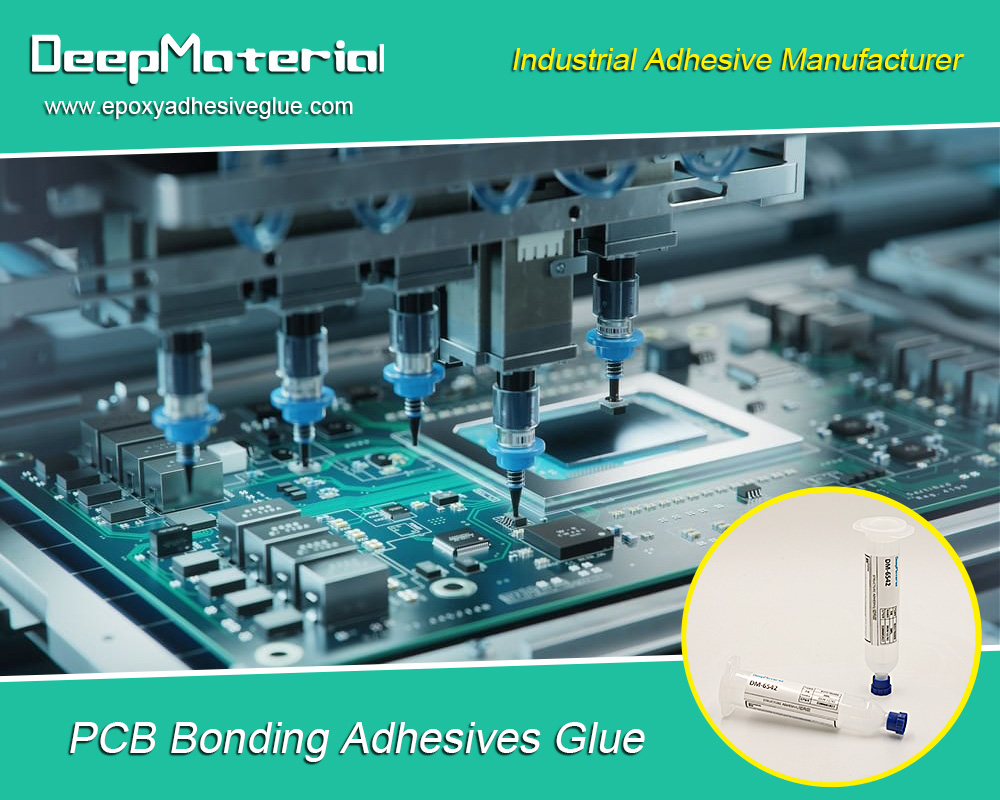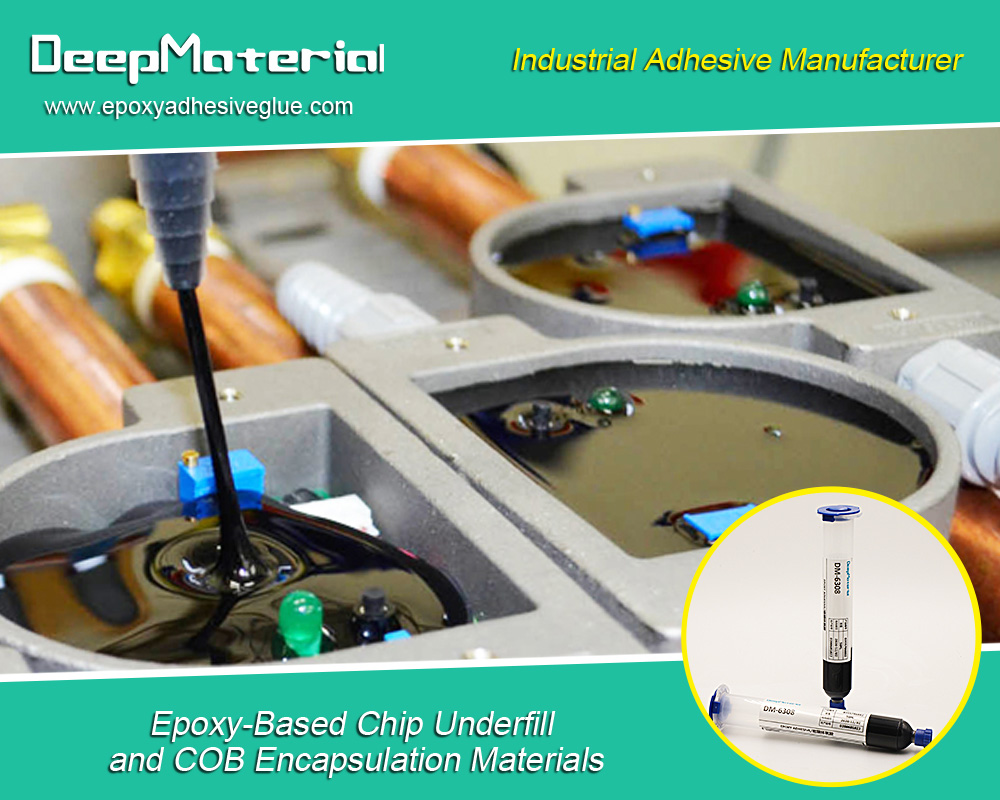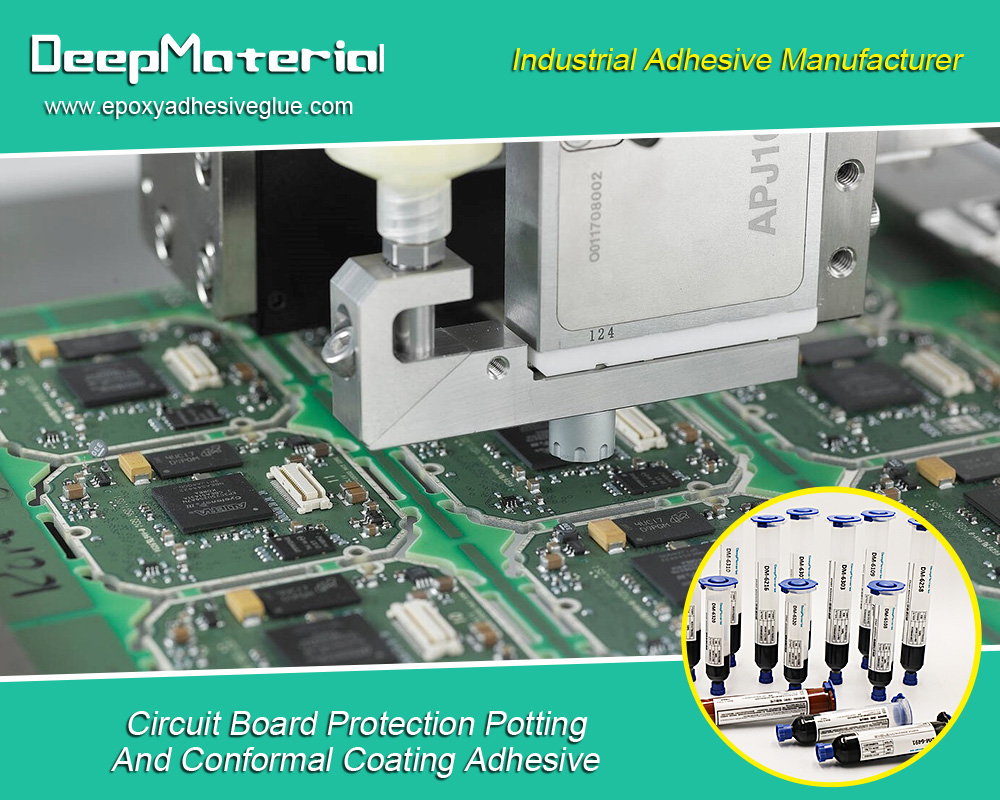What parts of a car are used for bonding and fixing with automotive adhesive?
What parts of a car are used for bonding and fixing with automotive adhesive?
Automotive adhesives are mainly used to bond and fix various components in cars, playing a connecting role while also protecting the vehicle body. The following are some automotive components that are typically fixed and bonded using automotive adhesives:

Body Panels: Adhesives are commonly used to bond various body panels, including the roof, doors, hood, trunk lid, and fenders. Adhesive bonding provides a strong and uniform bond along the panel edges, eliminating the need for visible fasteners. This creates a seamless and aesthetically pleasing exterior while ensuring structural integrity and reducing the risk of corrosion at the joints.
Windshields and Windows: Automotive adhesives are critical for bonding windshields, rear windows, and side windows to the vehicle’s body structure. Polyurethane adhesives, for example, are often used for windshield bonding. These adhesives provide excellent adhesion to glass and metal, ensuring a strong and durable bond. The adhesive not only holds the glass in place but also contributes to the structural integrity of the vehicle and provides a watertight seal, preventing water leakage into the cabin.
Interior Trim Components: Adhesives are used to fix various interior trim components, such as dashboards, door panels, center consoles, and trim pieces. These adhesives provide a secure and permanent bond, ensuring that the components remain firmly attached even in challenging conditions, including temperature variations and vibrations. The adhesives used for interior trim components are often selected to provide resistance to heat, humidity, and chemicals commonly encountered in the vehicle’s interior environment.
Structural Components: Adhesives play a crucial role in bonding structural components of the vehicle, such as chassis parts, frame components, and reinforcements. These adhesives contribute to the overall strength and stiffness of the vehicle’s structure, distributing stress and improving load transfer between components. They provide high shear and tensile strength, ensuring the structural integrity of the joined parts under various dynamic and static loads.
Lighting Assemblies: Automotive adhesives are utilized to fix lighting assemblies, including headlights, taillights, and signal lights, to the vehicle’s body or other structural components. The adhesives used for this purpose are often transparent or translucent to maintain the desired aesthetics and visibility of the lights. These adhesives provide a strong and reliable bond that can withstand vibrations, impacts, and environmental conditions, while also offering resistance to temperature variations and UV radiation.
Battery Modules: With the rise of electric and hybrid vehicles, adhesives are commonly used to fix battery modules within the vehicle. The adhesive bonding ensures proper positioning and secure attachment of the battery modules, which can be relatively heavy. Adhesives with excellent adhesion to both the battery housing and the vehicle structure are used to withstand the weight of the battery and provide resistance to vibrations and shocks during vehicle operation.
Interior Noise Insulation: Adhesives are employed to bond acoustic insulation materials to the interior panels of the vehicle. These adhesives provide an effective bond between the insulation material and the panel, reducing noise and vibration transmission into the cabin. They contribute to creating a quieter and more comfortable interior environment for vehicle occupants.
Heat Shields: Adhesives are used to fix heat shields in areas exposed to high temperatures, such as around the exhaust system and within the engine compartment. The adhesives used for heat shield bonding provide high-temperature resistance, ensuring the shields remain securely attached even under extreme heat conditions. This helps protect nearby components and the vehicle’s body from excessive heat transfer and potential damage.
Emblem and Badge Attachments: Automotive adhesives are utilized to securely bond emblems, badges, logos, and other decorative components to the vehicle’s exterior surfaces. The adhesive provides a strong and durable bond that can withstand environmental conditions, including temperature variations, moisture, and exposure to UV radiation. The adhesives used for this purpose are often selected to ensure long-lasting attachment while maintaining the appearance and integrity of the emblems or badges.

It’s important to note that the specific adhesives and bonding techniques used for each component may vary depending on factors such as the materials being bonded, design requirements, performance criteria, and safety regulations. Automotive manufacturers carefully select adhesives based on their adhesive properties, compatibility with the substrates, durability, temperature resistance, and other relevant factors to ensure reliable and long-lasting bonds in various automotive applications.
For more about choosing the parts of a car are used for bonding and fixing with automotive adhesive. you can pay a visit to DeepMaterial at https://www.epoxyadhesiveglue.com/products/ for more info.











